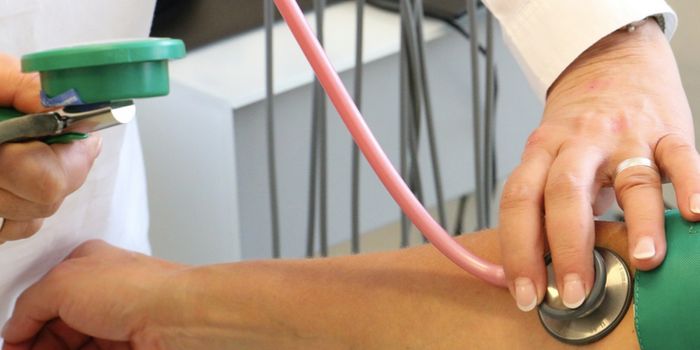Scientists pinpointed various genes in the signaling pathway responsible for the development of heart valves leading to the aorta in a new
Circulation Research study
. Mutations in these genes can cause malformation of the valves, so scientists are eager to begin using their discovery to improve diagnoses, develop new treatments, and controlling excessive valve growth that causes disease.
Ligands and receptors that make up the NOTCH signaling pathway help to create the valves that funnel blood into the aorta in a unidirectional manner with each beat of the heart. NOTCH promotes this formation through epithelial-to-mesenchyme transition (EMT). Until this study was done, scientists were not sure what specific genes were involved in this vital process.
The specific heart defect addressed in this study, a bicuspid aortic valve (BAV), occurs when NOTCH errs and creates two leaflets rather than three, which severely compromises the heart’s ability to regulate blood flow into the aorta. Bicuspid aortic valves are the most common congenital heart defect can cause a variety of conditions like aortic regurgitation (blood leaking from the aorta back to the heart), aortic stenosis (when the heart has to work especially hard to pump blood to the aorta), and stiffness.
Other than surgically replacing the BAV with a healthy valve, treatment options for this condition include cardiac catheterization to open a narrowed valve and medicine to relieve symptoms: ACE inhibitors, angiotensin receptor blockers, inotropic agents, diuretics. Despite the treatment plan carried out from infancy, almost all BAVs require surgical replacement after 30 to 40 years.
The current study published in
Circulation Research was conducted by scientists from the Centro Nacional de Investigaciones Cardiovasculares Carlos III (CNIC). Researchers used genetically modified mice with cardiac-specific conditions in their quest to understand the precise role of the NOTCH signaling pathway in valvulogenesis (valve formation).
The study findings identified endocardial genes
Jag1, Notch1, and RBPJ as instrumental in the development of heart defects, for the mice that lacked these genes displayed BAVs in addition to enlarged valve cusps and septal defects. Additionally, they saw the necessity of NOTCH in the formation of both valve formation during fetal development and the maturation of valves later in life. When gene alterations changed NOTCH pathway function, scientists saw mice with bicuspid heart valves instead of tricuspid valves.
“Our studies identify a mechanism of signaling crosstalk during valve morphogenesis involved in the origin of congenital heart defects associated with reduced NOTCH function,” the scientists said.
From an MRI or an echocardiogram, doctors can attempt diagnosis for infants brought in with symptoms like exhaustion, chest pain, difficulty breathing, fainting and paleness. With a new, more complete understanding of the genes involved in this condition, researchers are hopeful that better, more effective modes of diagnosis and treatment will soon follow.
Sources:
Medline Plus,
CNIC,
Circulation Research









